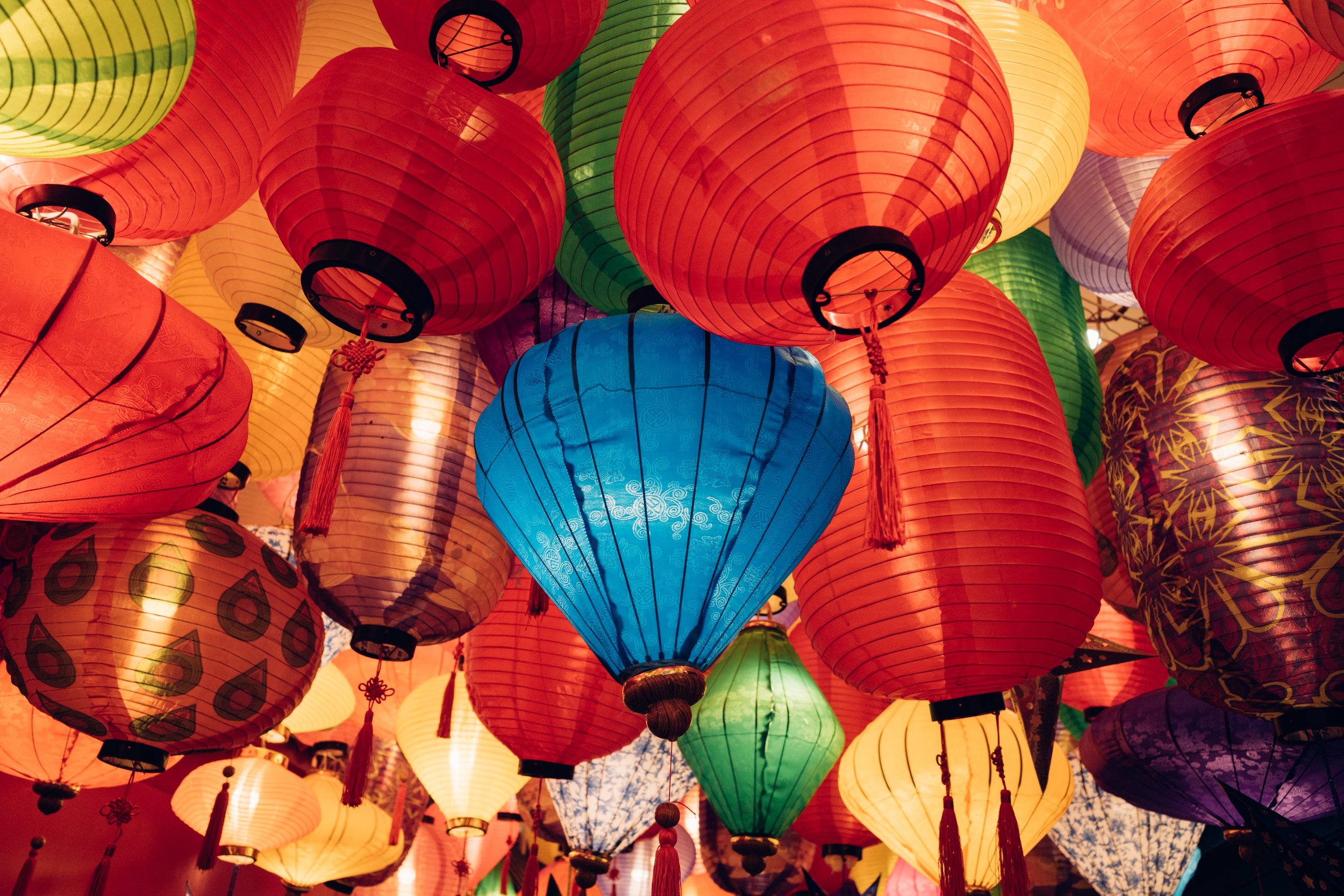5 recipes to make during the Mid-Autumn Festival
Celebrating Mid-Autumn Festival
Did you know that the Mid-Autumn Festival is celebrated on the 15th day of China's 8th lunar month? This is traditionally in line with China's harvest time. And we all know the importance of harvest and what it reaps: FOOD. Every home will prepare various foods in honour of this holiday but there are of course some foods more popular than others. And in true Chinese form, most of them are picked not only for their seasonality but for their associations with certain words and phrases, and/or homophonous relevance.
Can you guess which food is the most popular over the Mid-Autumn Festival? Hint: it was in our previous Tuesday Tips blogpost so don't forget to check it out if you want to learn how to make them!
Traditional foods, their meanings & recipes
1. TARO - Bringing Good Luck
In local southern dialect, “taro” sounds like ‘the coming of good fortune'. It is believed that consuming taro will get rid of bad luck and welcome in good luck and wealth. This tradition originates from the Qing Dynasty (1644–1911).
So here's a two-in-one recipe where taro is a key ingredient to the most popular food eaten during the Mid-Autumn Festival: a Taro Coconut Mooncake!
2. DUCK - Related to a Folk Tale
Alright so this one does not have a direct homophonic association but rather a folk tale. The tale is as follows:
A long, long time ago it was said that people came together to overturn a corrupt ruler, whose name sounded like “duck” in the local dialect. Therefore, to “eat a duck” became symbolic to overthrow the oppressor!
Honestly, how amazing are the sources of these customs? They make cooking the Mid-Autumn Festival's meals so much more meaningful. To celebrate the overturning of the oppressor, here is a delicious Braised Duck Taro recipe.
3. POMELO - Signifying Reunion
Pomelo (柚子, yòuzi) in Chinese sounds like (游子, yóuzǐ), meaning family away from home. Hence, by consuming the fruit during this festival symbolises family reunion with the return of family members that have been away.
This Braised Pomelo Pith recipe does not just represent the beautiful meaning of family reunion, but it is also zero-waste! You best believe that whenever we come across a zero-waste recipe, we will share it.
4. LOTUS ROOT - Symbolising Strong Family Bonds
Possibly the epitome of auspicious symbolism, the lotus root is full of it in its name, shape and texture. When you break down its Chinese name, it means "togetherness” and "pair”. Additionally, this rhizome grows similarly to a bamboo which represents new opportunities. And lastly, the texture of the lotus root is very fibrous; these threads are difficult to break hence, symbolising inseparable bonds.
Enjoy this Crispy Stuffed Lotus Root with Pork as you celebrate the Mid Autumn Festival.
5. OSMANTHUS WINE - For a Happy Life
After all, what is a celebration without a little bit of alcohol? Only kidding of course! But believe it or not, this fermented wine has a long history that dates back to over 2,000 years ago. And it is believed to be a tradition due to the osmanthus flowers being in full bloom during the Mid-Autumn Festival. Drinking osmanthus wine over this holiday symbolises a happy life, so wine not?
Here's a recipe to making this wine yourself at home!



